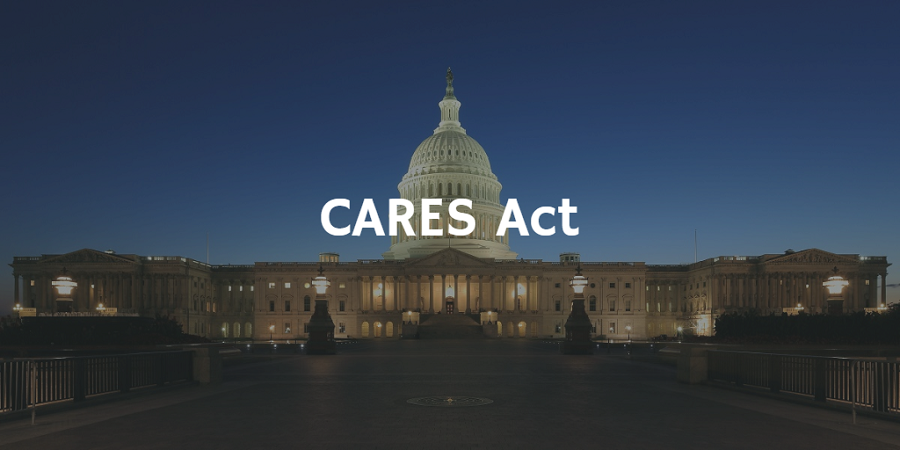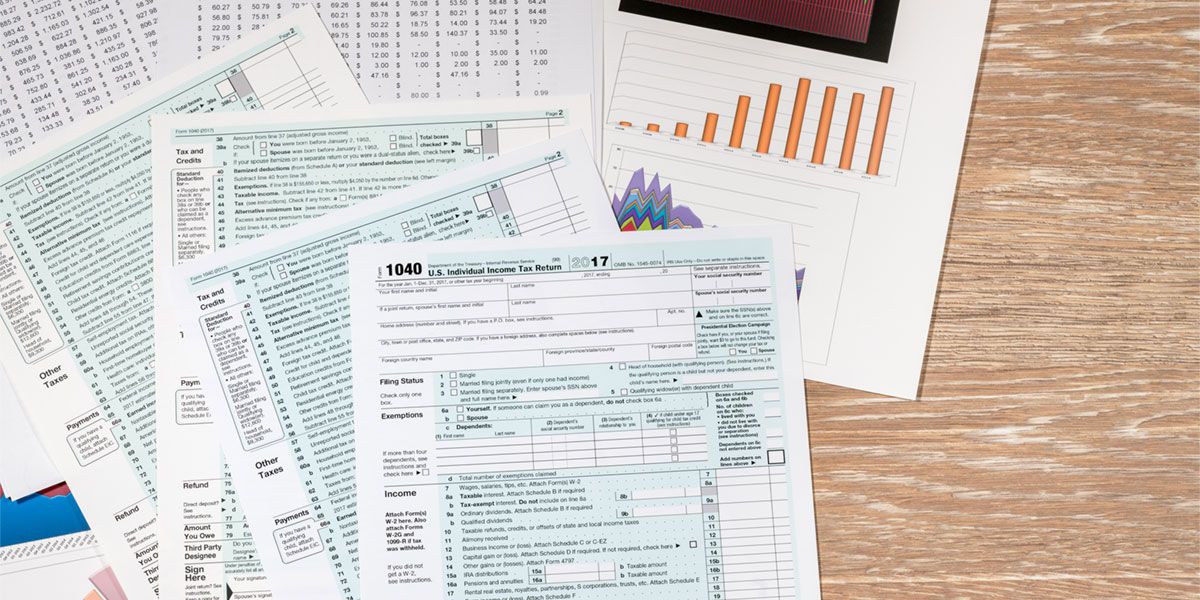Category: Tax Planning
On Wednesday, March 17th, the Treasury Department and Internal Revenue Service (IRS) announced in a news release (IR-2021-59) that they were extending the filing due date for individuals for the 2020...
I’m Selling My Home. Will I Pay Taxes on the Gain?
Note: This article was published on January 11th, 2021 and based on tax law at the time. Tax laws are subject to change.
As financial planners, we often have clients wanting to sell their home....
CARES Act – What May Affect You
The COVID-19 (COVID-19) pandemic has left its mark on
global and domestic markets. Government guidelines to practice “social
distancing” has significantly impacted commerce as consumers are staying...
SECURE Act Brings Potential Changes to Your Planning
Over the summer of 2019, the House of Representatives passed the bipartisan Setting Every Community Up for Retirement Enhancement (SECURE) Act. On December 19, 2019, the Senate passed the bill, and...
Tax Cut and Jobs Act of 2017 Overview
We previously shared with you details from the U.S. House of Representatives’ Tax Cut and Jobs Act and the U.S. Senate’s Joint Committee on Taxation’ version under the same bill name, Tax Cut and Jobs...
Alabama Tax Credit Could Lead to Even Greater Savings For Those With Alternative Minimum Tax (AMT)
An AL.com contributor called the Alabama Accountability Tax
Act of 2013 the “most radical education reform in decades”. Similar legislation had only been passed in
16 other states at the time...





